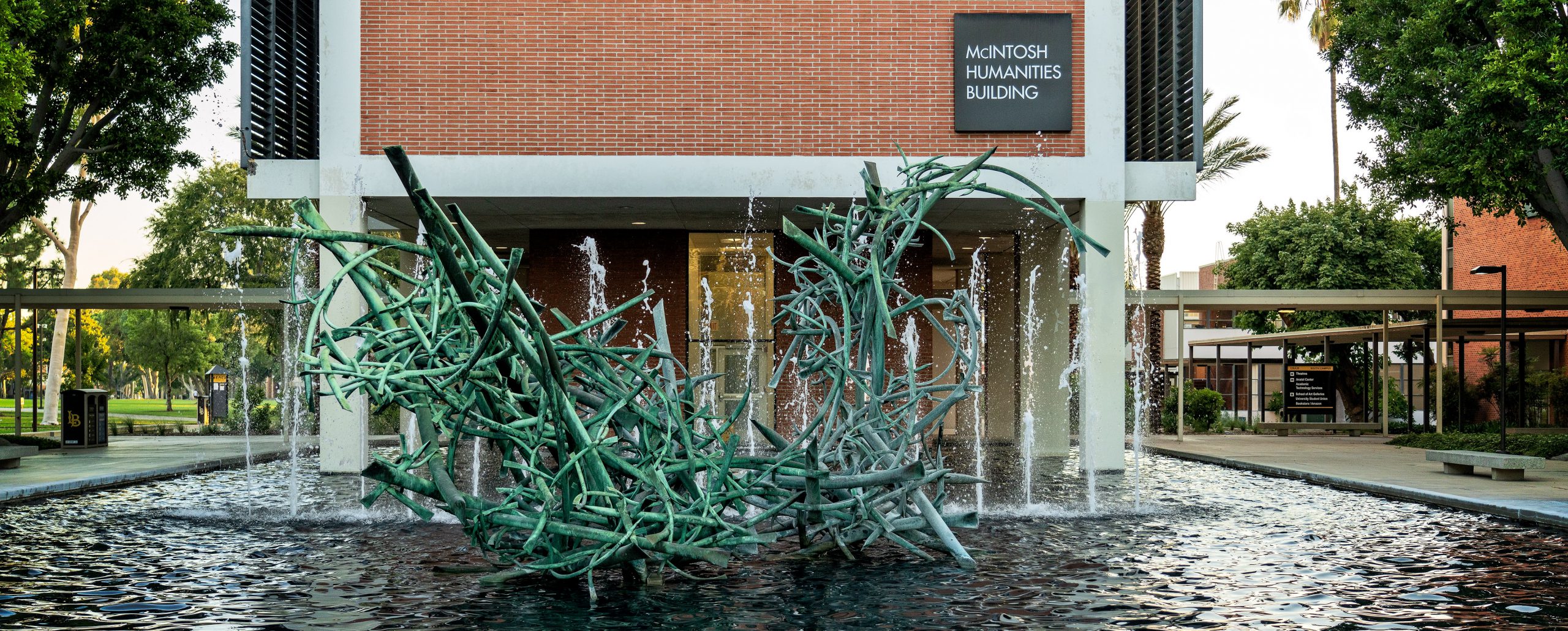CLA AND SOCIAL JUSTICE: BLACK LIVES MATTER
February 1, 2022In light of the recent protests and statements in support of Black Lives Matter and other anti-racist organizing efforts, the College of Liberal Arts is highlighting how its courses incorporate issues related to Black Lives Matter. We will highlight one course each month. You can view all of our courses here: https://cla.csulb.edu/black-lives-matter/
See the description below detailing how CLA faculty advance the anti-racist messaging of Black Lives Matter through assignments, readings, and pedagogical practices that affirm the lives, history, and culture of Black people across the globe. Descriptions fall into one of three categories—Long-Standing Practices, Recent Changes, and Future Plans—designed to demonstrate the ongoing nature of anti-racist efforts:
Recent Change
Instructor: Bonnie Gasior
Course: SPAN 310
One of the hallmarks of the redesigned “Introduction to Literary Analysis” includes attention to BIPOC, non-canonical authors. Just as CSULB strives to hire faculty who reflect the demographics of our diverse student population, having students read texts authored by people who look like them can be a source of empowerment and validation. The course textbook, Redes literarias: antología del texto hispánico en su contexto histórico-cultural (Literary Networks: Anthology of Hispanic Texts in their Historical-Cultural Context [Badía & Gasior, 2018]) also includes more perspectives on people of color, such as Columbus’ “Carta a Luis de Santángel” (“Letter to Luis de Santángel”), in which he provides some of the first, written physical descriptions of New World inhabitants—and in the process reveals his political agenda—to his readers. In the end, texts like these represent dynamic spaces for critical inquiry.
Other readings include a poem from Julio de Burgos, a Black, Puerto Rican author, titled “Ay, ay, ay de la grifa negra” (“The Ay, Ay, Ay of the Kinky-haired Woman”, 1938), in which de Burgos traces racial evolution on the island by celebrating Black, African beauty; denouncing slavery; and proudly announcing the new black/white racial mixture often found in Puerto Rico, which she concludes is “that of the future, the fraternity of America.” We also discuss works by indigenous writers, such as Nezahualcóyotl, a 15th century Aztec king/poet whose works were later transcribed, to reclaim the often-dismissed cultural production of pre-Colombian societies. Lastly, Juan Felipe Herrera’s spectacular and satirical “187 Reasons Mexicanos Can’t Cross the Border” describes how, as one critic puts it, “to live brown in the United States.” In it, award-winning Herrera masterfully underscores notions of prejudice, persecution, oppression, and trauma, starting each verse with the word “Because” (“Because we still resemble La Malinche”; “Because every Mexican is a Living Theater of Rebellion”). These three readings alone provide students with a more complete (“better”) understanding of the full intellectual heritage of Spain and Latin America and better position them to engage with twenty-first century issues through the prism of social justice.
